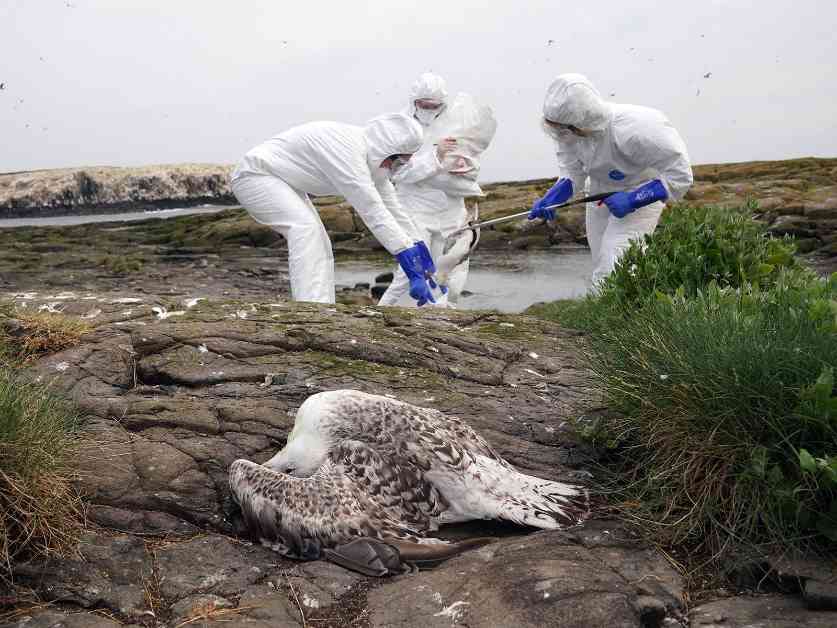Avian influenza, commonly known as bird flu, has become a global concern in recent years, affecting a wide range of bird species and even spreading to mammals. The virus has caused massive outbreaks in poultry, resulting in the deaths of tens of millions of birds worldwide. Additionally, bird flu has been detected in mammals, including dairy cows in the U.S., raising concerns about the potential impact on human health.
The history of bird flu dates back to the late 19th century, with the first recorded outbreak in U.S. poultry occurring in the 1920s. The H5N1 strain, which has been prevalent in recent years, was first identified in domestic waterfowl in southern China in 1996. Since then, the virus has spread to various regions across the globe, affecting both wild birds and domestic poultry.
In addition to birds, bird flu has also impacted mammals, with the virus being detected in dozens of species. Mammals can become infected by consuming infected birds or coming into contact with contaminated environments. The spread of bird flu to mammals has raised concerns about the potential for further transmission to humans.
Despite the detection of bird flu in dairy cattle, the Food and Drug Administration (FDA) has stated that milk and dairy products from cows are safe to consume, as pasteurization effectively inactivates the virus. However, genomic data suggests that bird flu has been spreading in cows for several months, indicating a wider prevalence of the virus in animals than previously known.
The threat of H5N1 to humans remains low, with only a few reported cases of infections in individuals, most of which were mild. The Centers for Disease Control and Prevention (CDC) emphasizes that the virus has not demonstrated sustained transmission between humans. However, researchers continue to monitor the virus for any genetic mutations or signs of increased transmissibility that may pose a greater risk to human health.
The recent outbreaks of bird flu have had devastating effects on wildlife, with millions of birds and mammals succumbing to the virus. The widespread impact of the virus on ecosystems underscores the importance of ongoing surveillance and research to better understand and combat the spread of avian influenza.
As the global community grapples with the challenges posed by bird flu, continued vigilance and collaboration among researchers, health authorities, and policymakers are essential to mitigate the risks associated with the virus and protect both animal and human populations from its effects.






